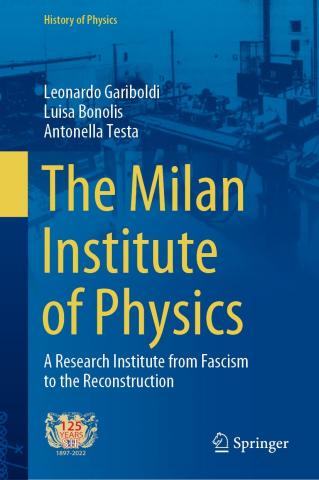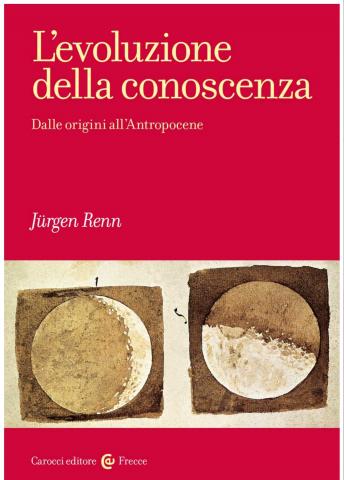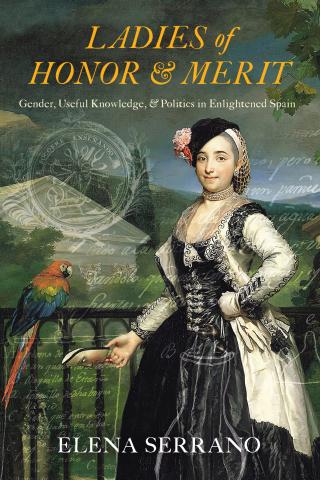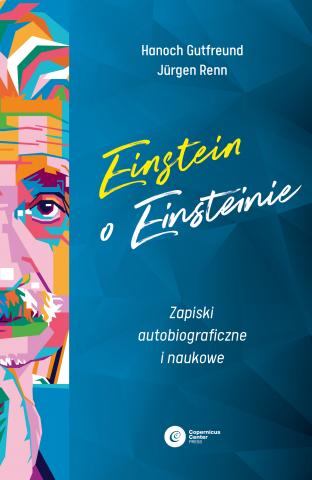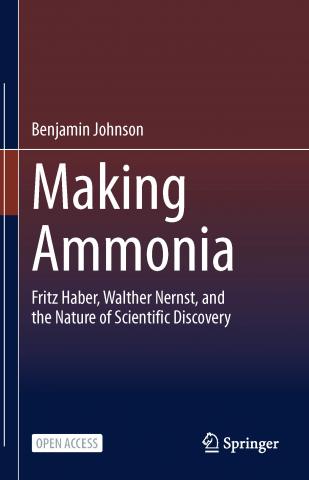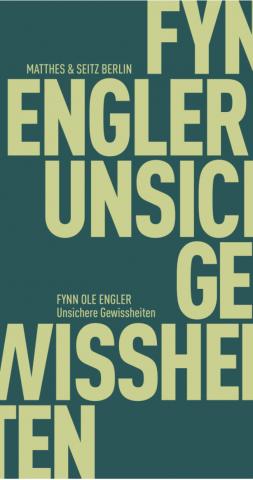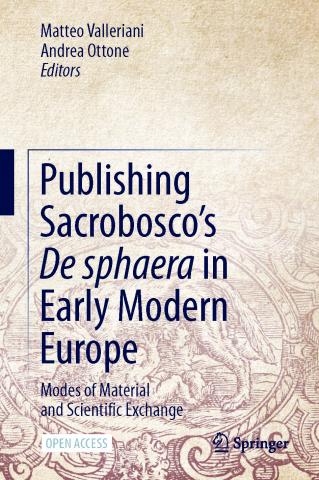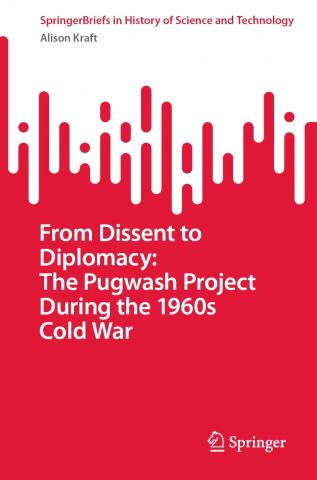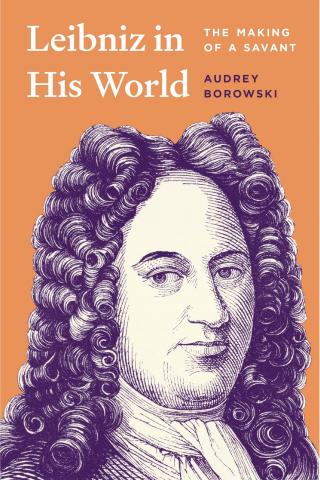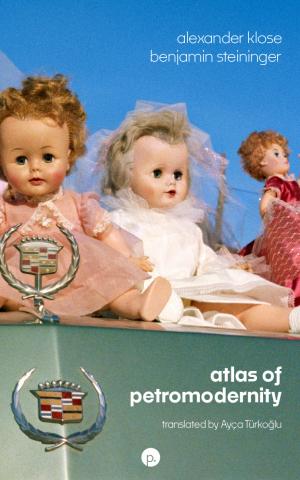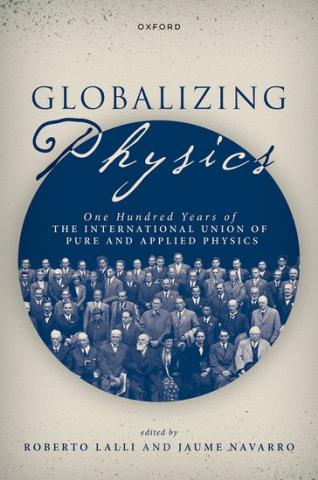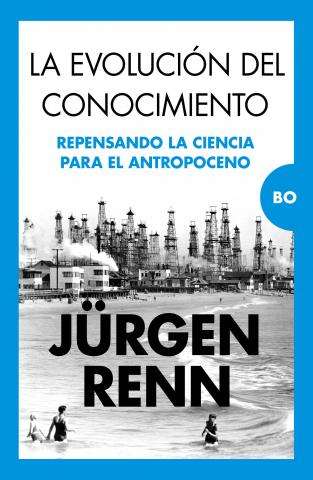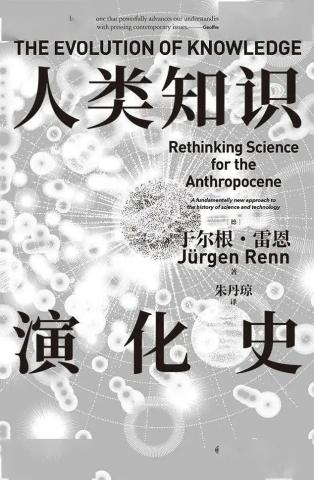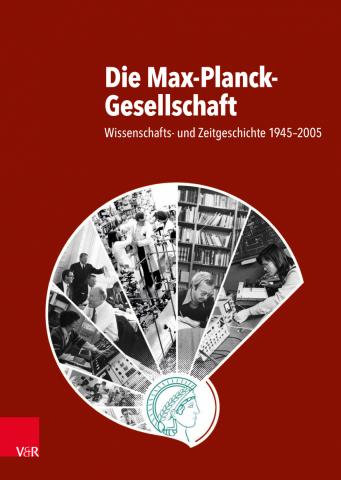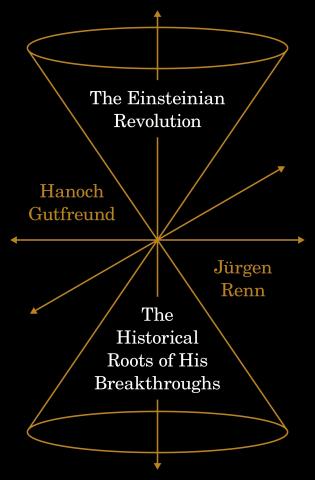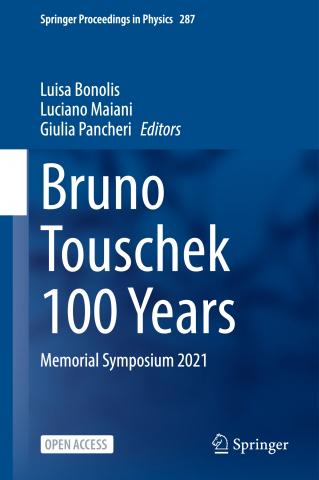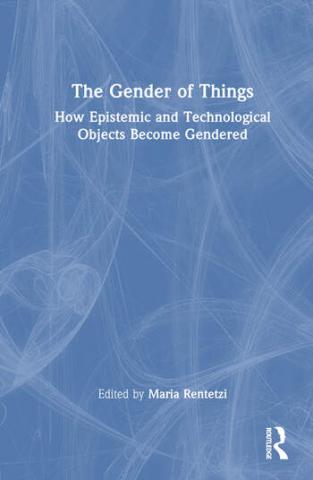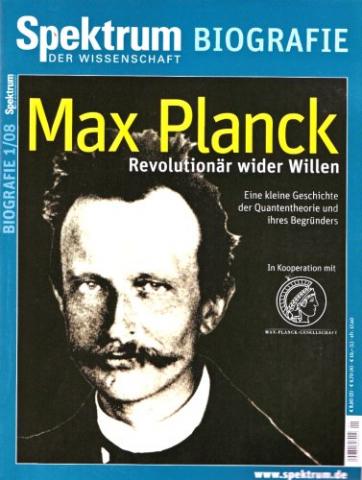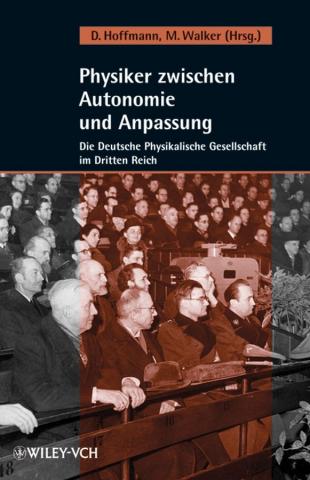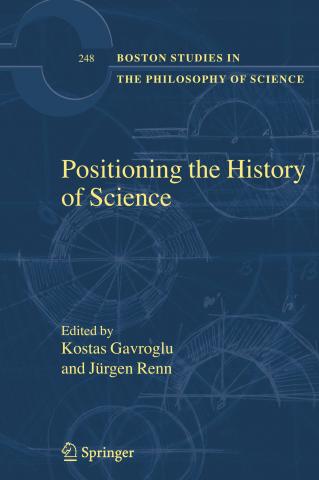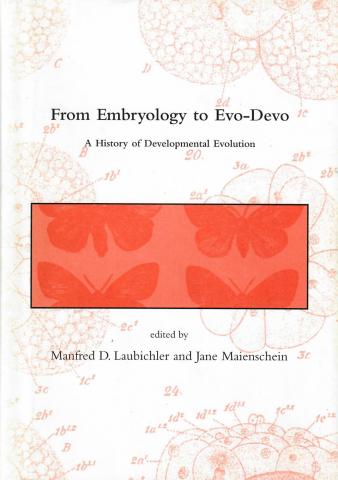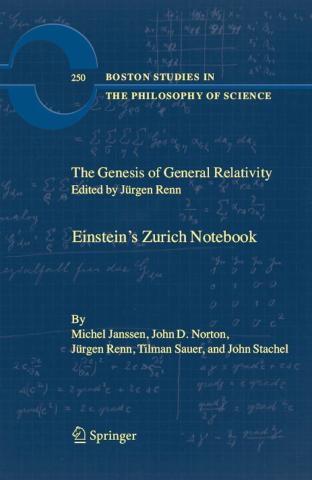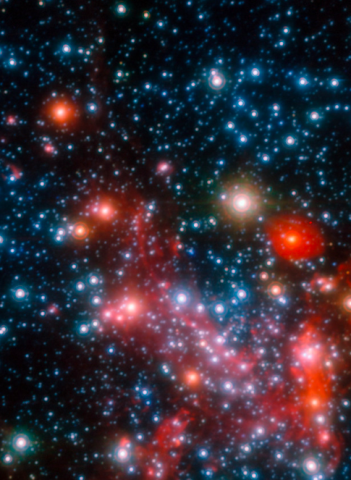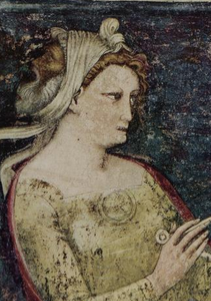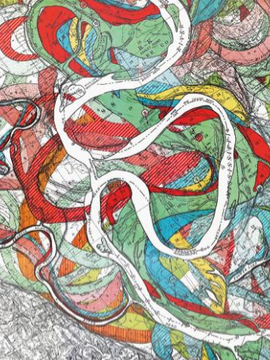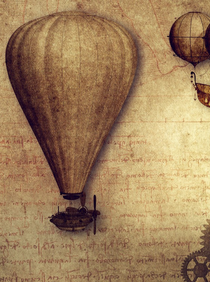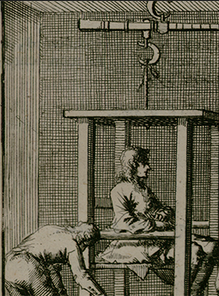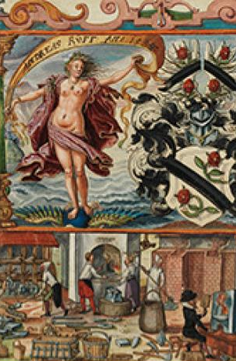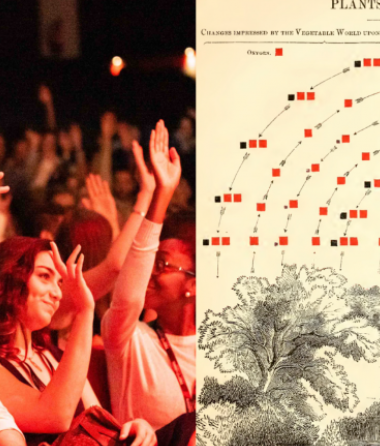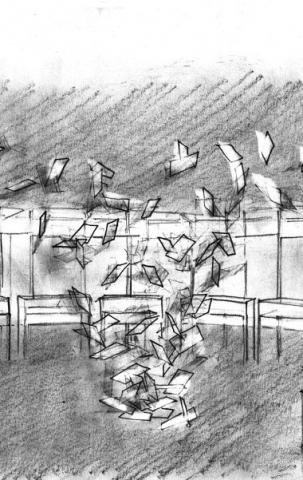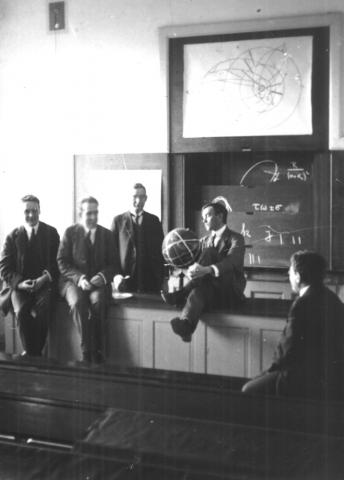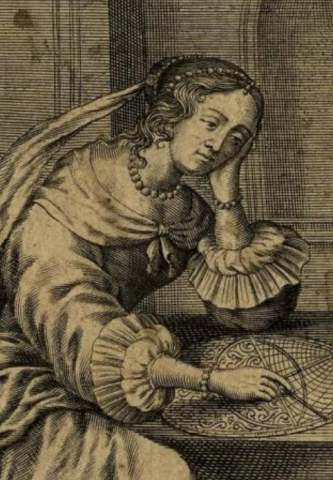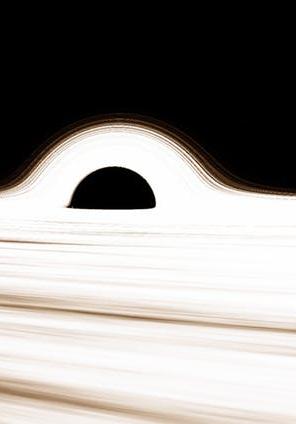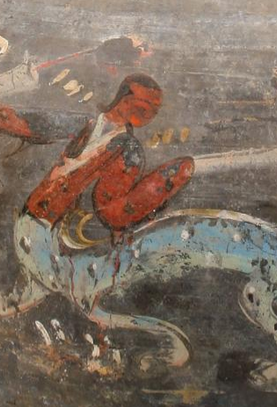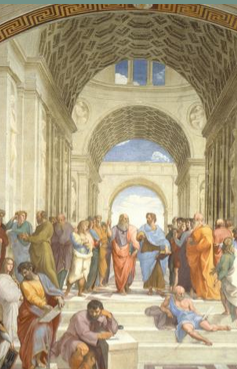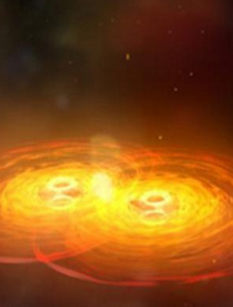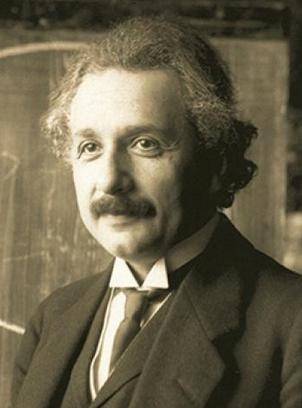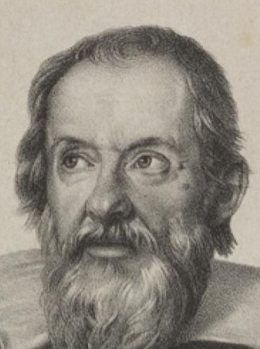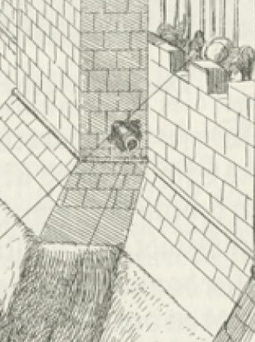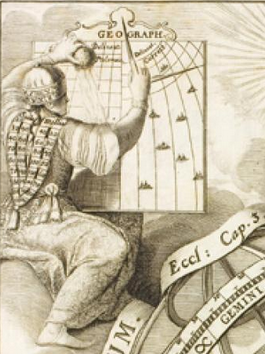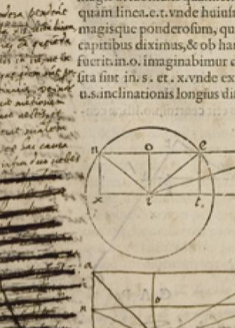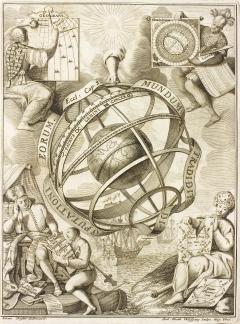
Scherer, Heinrich, Critica quadri partita, in qua plura recens inventa, et emendata circa geographiae artificium, historiam, technicam, et astrologiam scitu dignissima explicantur, 1710
Original source owned by MPIWG Library
Structural Changes in Systems of Knowledge (1994–2024)
The work of Department I was dedicated to understanding the historical processes of structural changes in systems of knowledge. This goal comprised the reconstruction of central cognitive structures of scientific thinking, the study of the dependence of these structures on their experiential basis and on their cultural conditions, and the study of the interaction between individual thinking and institutionalized systems of knowledge. This theoretical program of an historical epistemology was the common core of the different investigations and research projects pursued and planned by the department. The Department was founded in 1994 and led by Jürgen Renn until 2023.
Jürgen Renn is now Director at the Max Planck Institute for Geoanthropology in Jena. Etienne Benson will serve as Acting Director of Department I until its closure at the end of 2024.
Department I understood its research program of a historical epistemology as contributing to an evolutionary history of knowledge but also to the reflectivity of present science and its institutions. The emphasis lay on macro-studies in order to enable the identification of large-scale structures of knowledge development in social, technological, and cultural contexts. Approaches, methods, and objects of inquiry were taken from a large array of disciplines, ranging from the history and philosophy of science, technology and art, via the cognitive sciences and linguistics, to archeology, Middle Eastern studies, classics, sinology, indology, sociology, to physics, mathematics, biology, chemistry, and other natural sciences.

